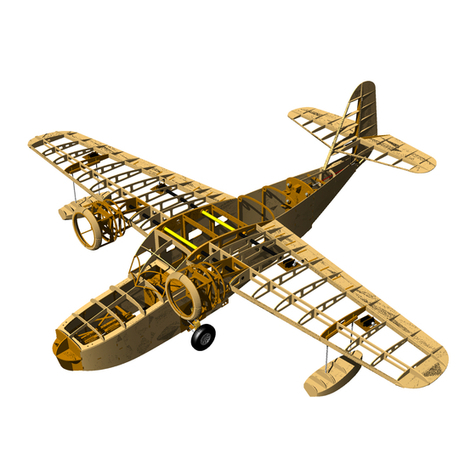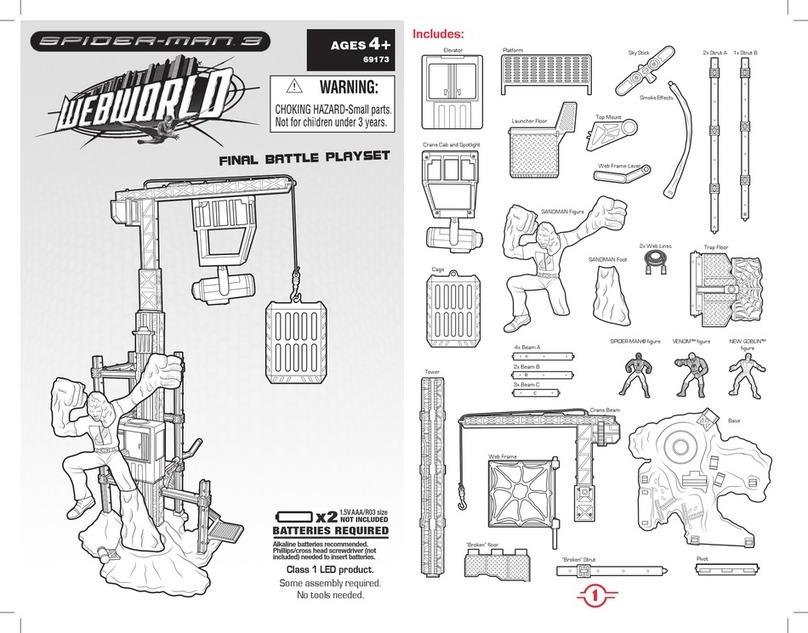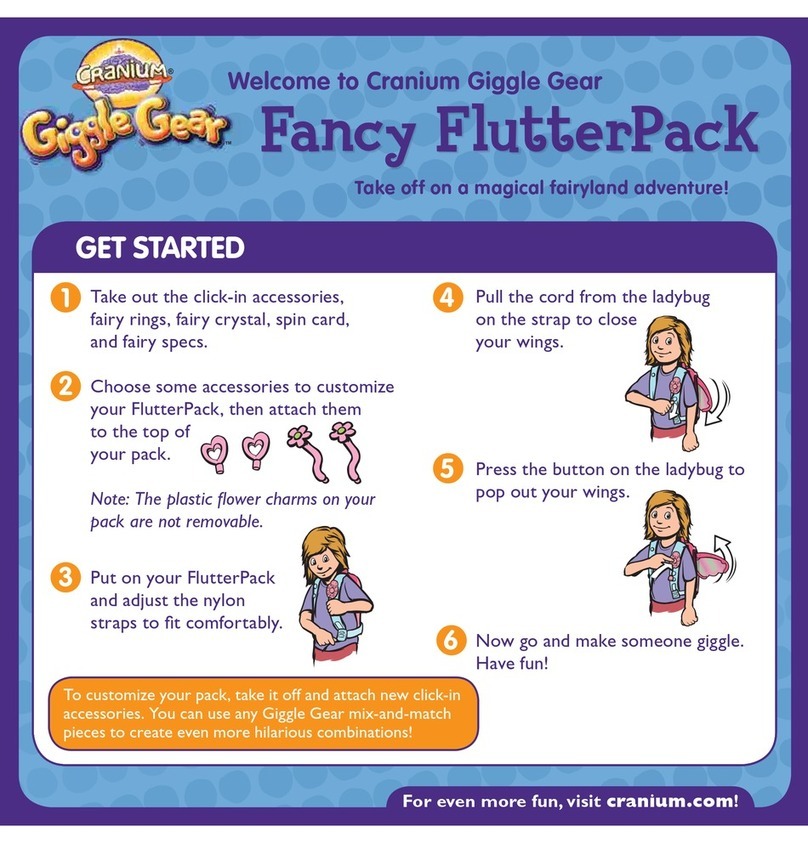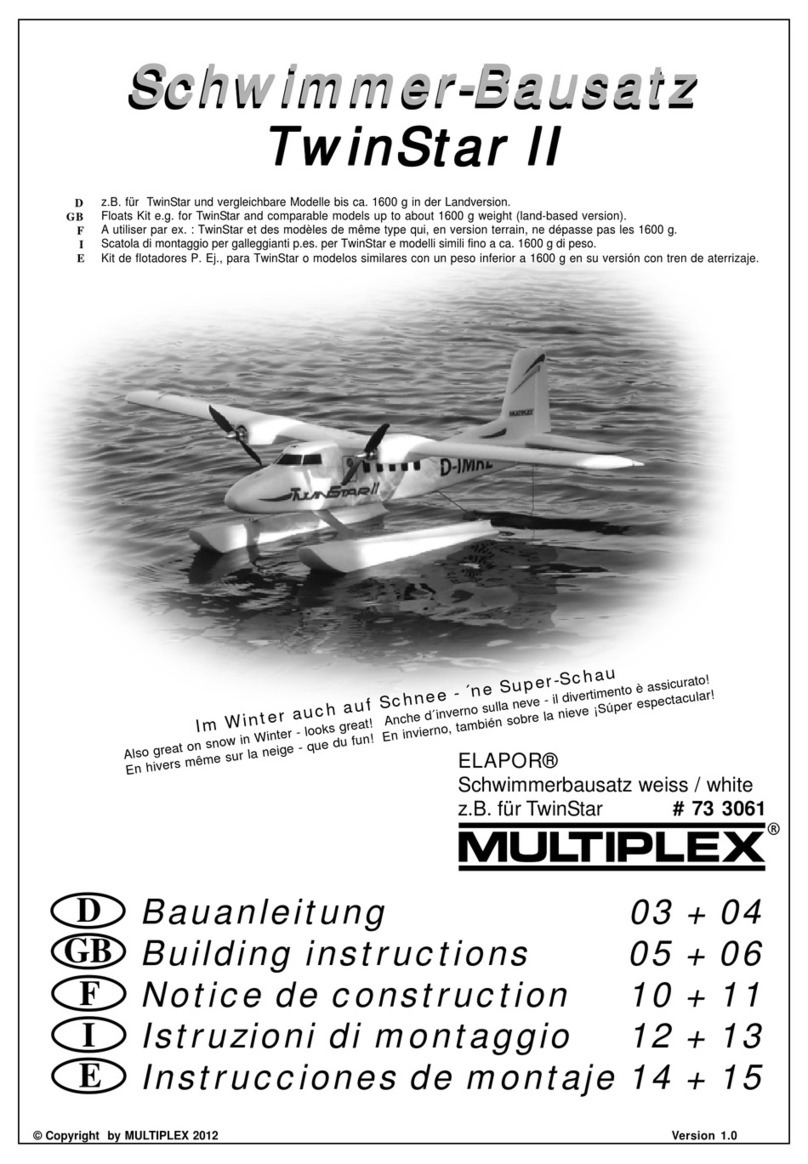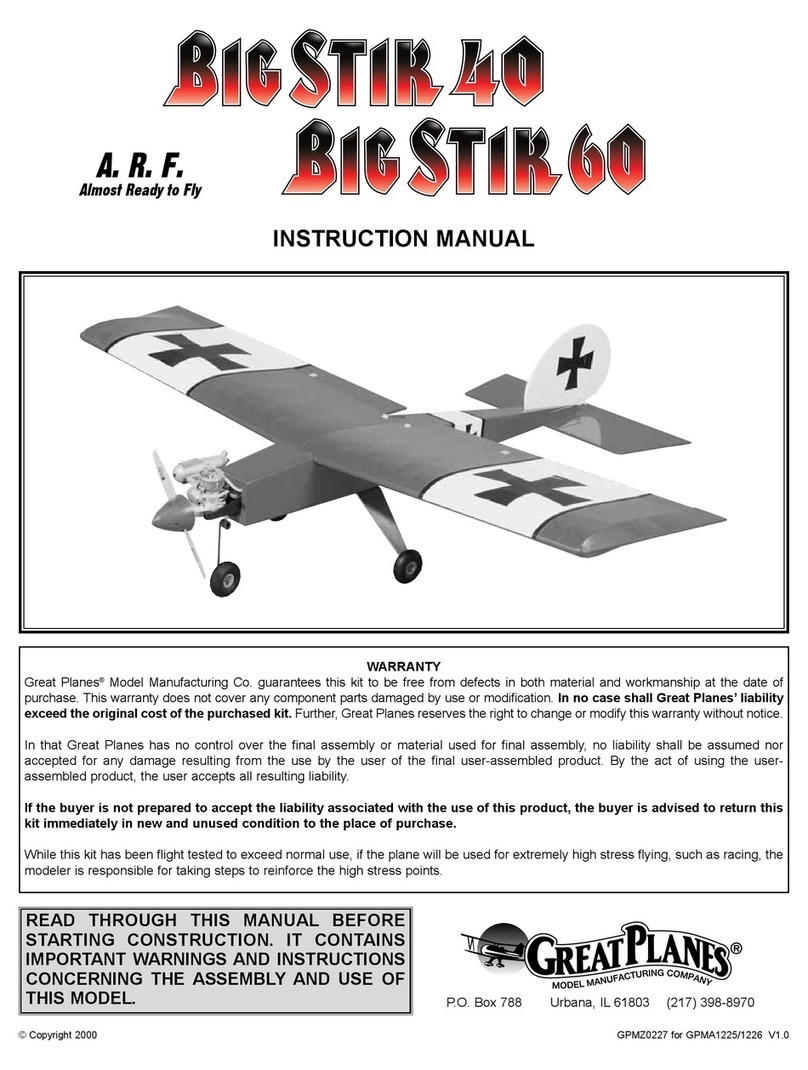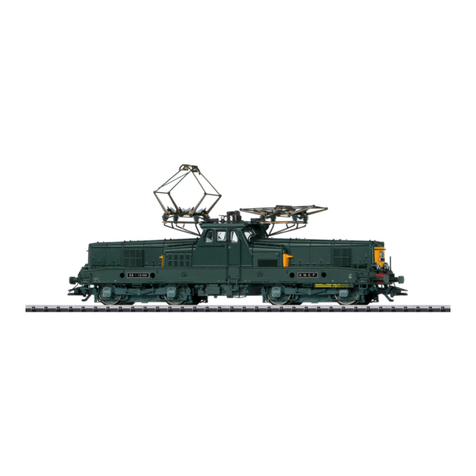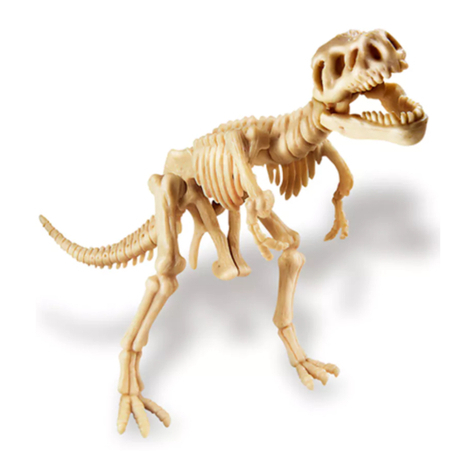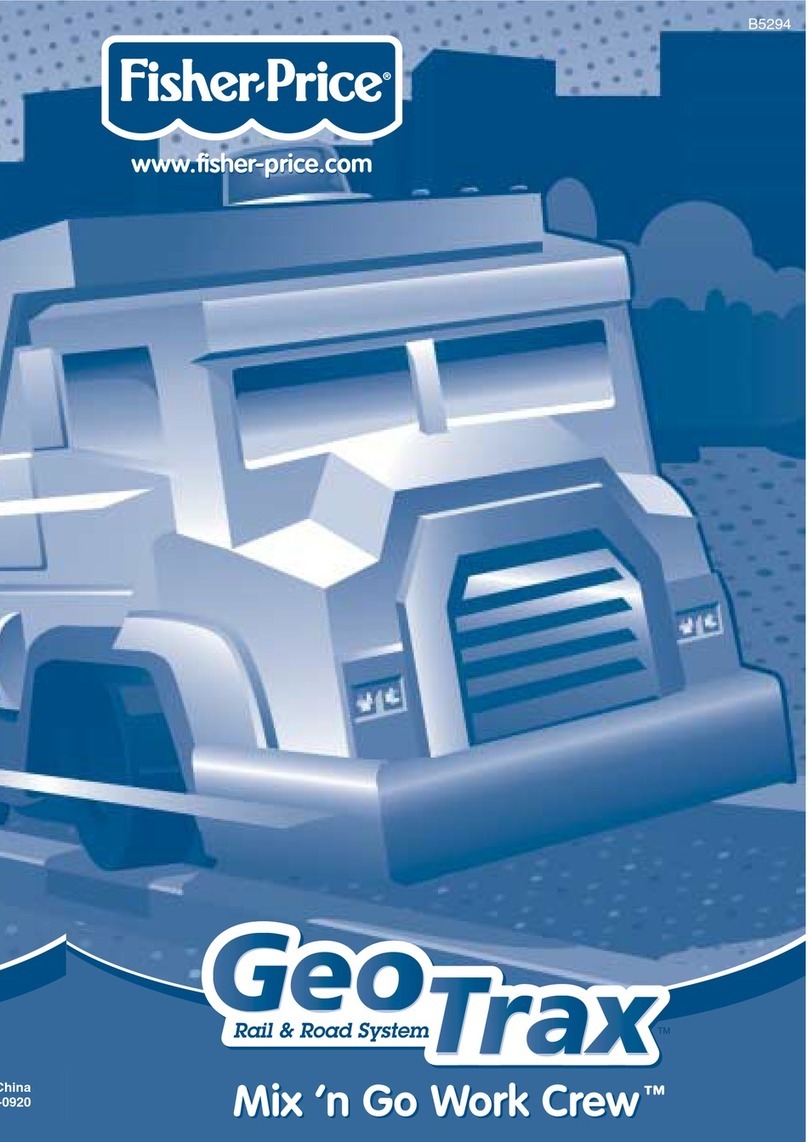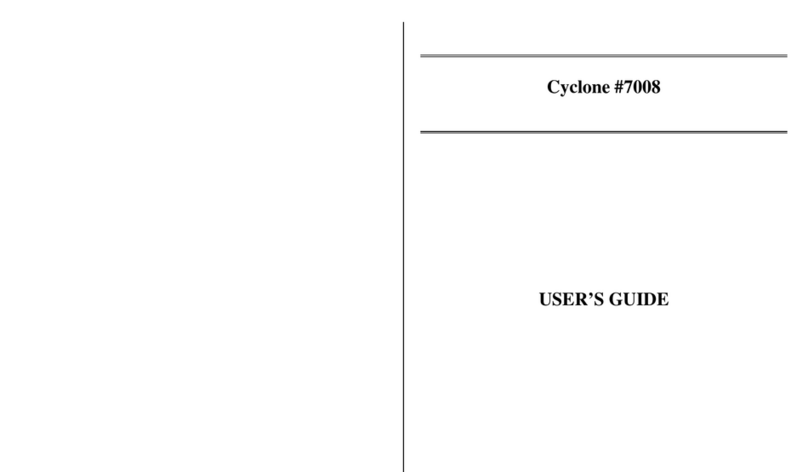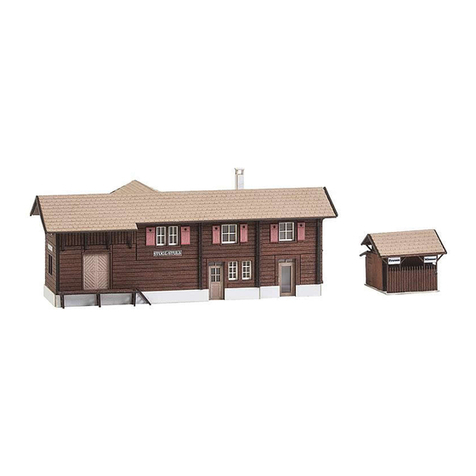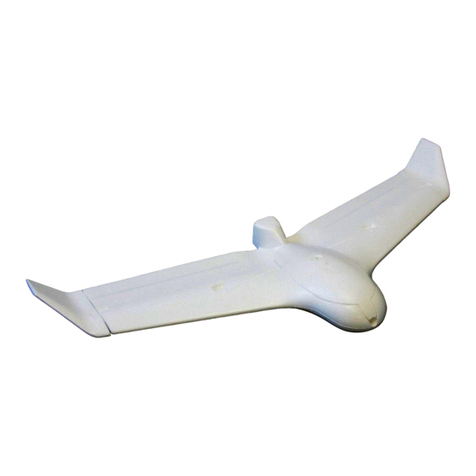
Kosmos Quality and Safety
More than one hundred years of expertise in publishing science
experiment kits stand behind every product that bears the Kosmos
name. Kosmos experiment kits are designed by an experienced team
of specialists and tested with the utmost care during development
and production. With regard to product safety, these experiment
kits follow European and US safety standards, as well as our own
refined proprietary safety guidelines. By working closely with our
manufacturing partners and safety testing labs, we are able to
control all stages of production. While the majority of our products
are made in Germany, all of our products, regardless of origin,
follow the same rigid quality standards.
st Edition © Thames Kosmos, LLC, Providence, RI, USA
Thames Kosmos® is a registered trademark of Thames Kosmos, LLC.
This work, including all its parts, is copyright protected. Any use outside the specific limits of the copyright law is prohibited and punishable
by law without the consent of the publisher. This applies specifically to reproductions, translations, microfilming, and storage and
processing in electronic systems and networks. We do not guarantee that all material in this work is free from other copyright or other
protection.
Technical product development: Genius Toy Taiwan Co., Ltd.
Text, editing, and layout: Ted McGuire, Camille Duhamel
Additional graphics and layout: Dan Freitas
Manual style guide: Atelier Bea Klenk, Berlin
Manual assembly illustrations: Genius Toy Taiwan Co., Ltd.
Manual photos: picsfive, fotolia.com (all pushpins); askaja, fotolia.com (all paper clips); Jaimie Duplass, fotolia.com
(all tape strips); tunat, fotolia.com, p. 1 and p. 6 (gecko); Oliver Sved, fotolia.com, p. 1 and p. 17 (robotic arm); photo 5000, fotolia.com, p. 21
(scissor lift); Chris Howells, fotolia.com, p. 22 (inch worm)
All other images: Genius Toy Taiwan Co., Ltd. and Thames Kosmos
Packaging style guide: Peter Schmidt Group GmbH, Hamburg
Packaging design: Dan Freitas
Packaging photos: Genius Toy Taiwan Co., Ltd.
The publisher has made every effort to identify the owners of the rights to all photos used. If there is any instance in which the owners of the
rights to any pictures have not been acknowledged, they are asked to inform the publisher about their copyright ownership so that they may
receive the customary image fee.
Distributed in North America by Thames Kosmos, LLC. Providence, RI
Phone: --; Web: www.thamesandkosmos.com
Distributed in United Kingdom by Thames Kosmos UK, LP. Goudhurst, Kent TN QZ
Phone: ; Web: www.thamesandkosmos.co.uk
We reserve the right to make technical changes.
Printed in Taiwan / Imprimé en Taïwan
› › › SAFETY INFORMATION
Safety Information
The geckobot and other models in this kit have many moving
parts. Please always be careful that fingers, hair, other body
parts, or delicate objects are not harmed by or pinched between
the moving parts (e.g., in the linkage of the suction gun). Handle
the models carefully.
If children are playing with the geckobot model on a mirror or
other glass surface that is affixed to a wall, the mirror or glass
surface could fall off the wall when the model is pulled off the
surface. Please make sure the model is used only on well-secured
surfaces.
If the geckobot model climbs out of the reach of children, they
might try to climb up to retrieve the model. Please make sure
children do not injure themselves trying to retrieve the model.
For any toy that is used with a window, like the geckobot model,
there is the potential risk that a child opens the window and falls
out the window. Please supervise children around windows.
Children should be supervised by an adult at all times when
playing with the geckobot model. We encourage parents and
adults to set up a safe playing environment for the geckobot
model.
Warning. Not suitable for children under years. Choking hazard
— small parts may be swallowed or inhaled. Strangulation
hazard — long tubes may become wrapped around the neck.
Store the experiment material, particularly the battery-powered
motor, and assembled models out of the reach of small children.
Warning! Only for use by children aged years and older.
Instructions for parents or other supervising adults are included
and have to be observed. Keep the packaging and instructions as
they contain important information.
Safety for Experiments with
Batteries
››› The wires are not to be inserted into socket-outlets. Never
perform experiments using household current! The high voltage
can be extremely dangerous or fatal!
››› Two AAA baeries (.-volt/LR) are required, which could
not be included in the kit due to their limited shelf life.
››› The supply terminals are not to be short-circuited. A short
circuit can cause the wires to overheat and the baeries to
explode.
››› Different types of baeries or new and used baeries are not
to be mixed.
››› Do not mix old and new baeries.
››› Do not mix alkaline, standard (carbon-zinc), or rechargeable
(nickel-cadmium) baeries.
››› Baeries are to be inserted with the correct polarity. Press
them gently into the baery compartment. Follow the
instructions on page . Always close the baery compartment
with the lid after installing baeries.
››› Non-rechargeable baeries are not to be recharged. They
could explode!
››› Rechargeable baeries are only to be charged under adult
supervision.
››› Rechargeable baeries are to be removed from the toy before
being charged.
››› Exhausted baeries are to be removed from the toy.
››› Dispose of used baeries in accordance with environmental
provisions, not in the household trash.
››› Be sure not to bring baeries into contact with coins, keys, or
other metal objects.
››› Avoid deforming the baeries.
With all of the experiments that use baeries, have an adult
check the experiment or model before use to make sure it is
assembled properly. Always operate the motorized models
under adult supervision.
Note the safety information accompanying the individual
experiments or models.
After you are done experimenting, remove the baeries from the
baery compartments.
Notes on Disposal of Electrical
and Electronic Components
None of the electrical or electronic components in this
kit should be disposed of in the regular household
trash when you have finished using them. Instead,
they must be delivered to a collection location for the
recycling of electrical and electronic devices. The
symbol on the product, instructions for use, or
packaging will indicate this. The materials are reusable in
accordance with their designation. By reusing or recycling used
devices, you are making an important contribution to the
protection of the environment. Please consult your local
authorities for the appropriate disposal location.
Dear Parents and Adults,
Before starting the experiments, read through the instruction
manual together with your child and discuss the safety
information. Check to make sure the models have been
assembled correctly, and assist your child with the experiments.
The geckobot requires a very smooth surface like a glass window
or mirror. Please assist your child in finding a surface where he or
she can play with the geckobot safely. To avoid accidents, do not
let the geckobot walk out of reach.
We hope you and your child have a lot of fun with the
experiments!





















